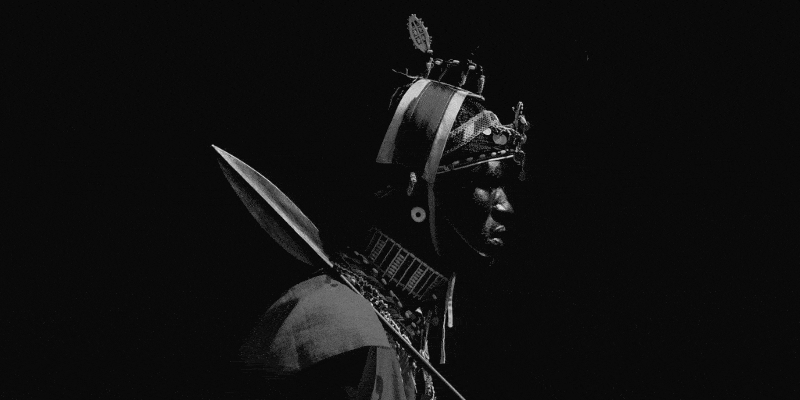By Kristen Romanowski, Staff Writer & Editor
Growing up, Jason Dorsey always knew he wanted to travel. “It’s almost like I had a thread of adventure inside of me, always,” he says.
So he joined the U.S. Marines in 2000, right out of high school. But after returning home from active duty four years later, he grew restless and began searching for what to do next.
“Just trying to find myself,” he says. “What am I into? Computer coding? Birdwatching? Martial arts?” He says he spent about two years going to the library, researching ideas for hands-on pursuits, pulling books off the shelf. “And I would even ask around, like, ‘Hey, what do you do for a hobby? What are your pastimes?'”
When someone suggested photography, he wrote it off at first. “Oh, that’s too expensive,” he remembers thinking.
But then in 2006, while he was abroad in Poland, something clicked. “My artistic creativity, the technical aspect, being able to document my experience, all of those stars aligned,” he explains. “The camera is able to bring all of that together.”
“The photography bug bit me,” he says. “I haven’t put the camera down since.”
Portraits to ‘restore dignity back into the Black-circulated image’
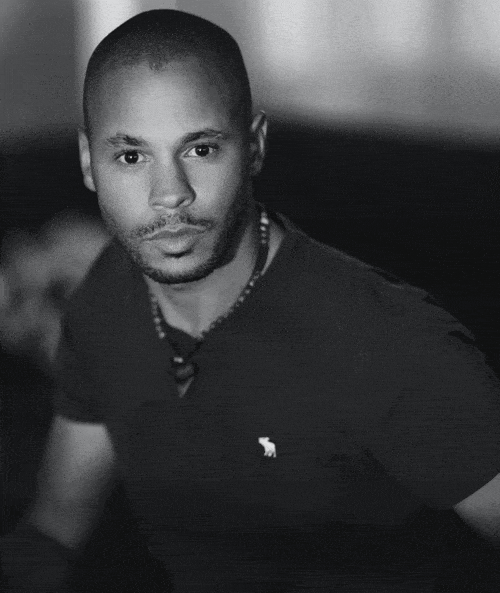
After spending the next decade “photographing everything,” including street protests and people on their way to work in downtown Chicago, Dorsey began focusing his lens on people who belong to remote tribes in various African countries, including Ethiopia, Kenya, Namibia, and Tanzania.
Dorsey, who is African American and whose wife is originally from Tanzania, will debut his project Alkebulan Shadows in the Main Library Gallery on February 7. It’s his first time showing this body of work, which he compiled over the course of eight years and 10 trips to different countries in Africa, starting in 2015.
“I want to focus on the diversity of the continent,” he says. “I want to change the conversation of how the world visualizes Africa and its people.”
As he considers the history of European imperialism in Africa, plus the exploitative and intrusive practices currently plaguing the continent—land grabs for the sake of tourism, mining operations for natural resources on tribal lands, and “human zoo”-like tourism into remote areas with no compensation to the Indigenous locals—Dorsey says he is careful to photograph people in a way that aims to “enlighten and restore dignity back into the Black-circulated image.”
“My lineage begins there,” he adds. “That’s a big part of my fascination and pursuit of documenting these wonderful people.”
‘I have a delicate duty of representing these people’
“Alkebulan” is the oldest and the only word of Indigenous origin referring to the continent of Africa. Dorsey says he chose this ancient name for his project because he’s representing Indigenous African people in his photo portraits.
“I’m extremely proud knowing that I derive from them,” he says. “I feel I have a delicate duty of representing these people as properly as I can through my camera and testimony.”
Dorsey says he aims to challenge colonial imagery, in which European colonists forced African subjects to be photographed, often posing them to look satisfied or complacent in inhumane, backbreaking conditions.
That’s why he intentionally never poses the people he’s photographing, he says. “Yes, they are positioned for ideal light. But I don’t ask them to do anything, and that’s just out of respect for their not-so-long-ago predicament.”
While visiting remote villages, Dorsey says he saw convoys of tourists show up and “walk around like they own the place,” pointing huge cameras in people’s faces. “And then they get back in their Land Rover, and they go back to the Marriott hours away,” he says. “And so, what differentiates me is I spend time there. I get to know them. I sleep next to them.”
Yet Dorsey acknowledges that he too leaves a footprint. “I try to compensate,” he says. “The little pieces I can do, I do. I’m very proud of that.”
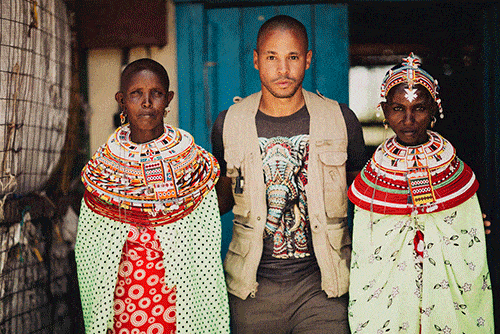
‘My approach is very organic’
Before each trip to the continent, Dorsey hires a local guide, preferably an Indigenous member of the tribe with whom he will spend about a week. He brings gifts to the tribal chiefs—corn, rice, sugar, or oil—as a way to ask permission to document their people, to thank them, and, ultimately, to show he cares.
He travels with just a backpack and minimal photography kit. In fact, he doesn’t manipulate or edit his images at all. “Documentary work is supposed to be raw,” he says. “At the end of the day, photography is not about your gear. It’s about your vision and intent.”
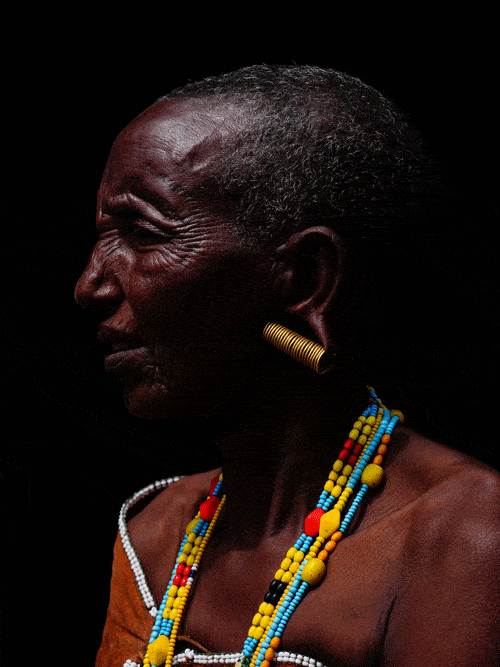
The 17 photographs in Alkebulan Shadows are individual portraits of Indigenous African people, set against a black background with only key features highlighted.
“I photograph them in a more dignified manner,” he says. “I want to really highlight their attributes.”
For example, the beads a person wears, the gauges in their earlobe, or the scarification on their bodies, such as the circular tattoos around the eye of an elder of the Datogo tribe in Tanzania (pictured here). “It’s a form of beauty,” Dorsey says, and can also signify spirituality and wealth.
To achieve the “chiaroscuro,” or “low-key,” effect, a technique of using strong contrasts between light and dark, Dorsey uses no artificial lighting. Instead, he photographs people in the early morning or late evening, often in the darkened entrance to their dwelling.
“My approach is very organic,” he says. “I want my photographic approach to be symbolic of the lives they live.”
‘They need to profit’
Dorsey says he will not be posting for-sale price tags on the portraits, as that would be too reminiscent of slave bidding that once took place. But in the event that someone feels compelled to invest in a portrait and he does sell a piece, he says he would forward a percentage of the proceeds back to the tribe. “They need to profit off it,” he says.
Even as he takes care to not exploit the people he’s photographing, Dorsey says: “Sometimes I stay up at night thinking, how can I better represent these folks through my craft and contribute more? My wife says maybe telling their story is enough. Even if I’m showing their faces on the walls of the Oak Park Public Library, maybe that’s enough. But I want to do more.”
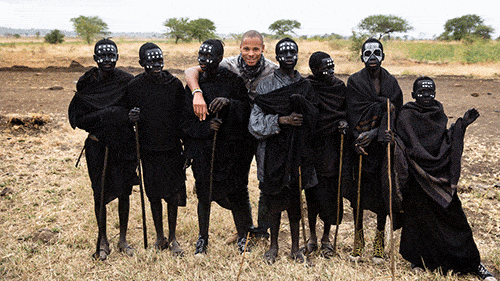
‘This is my family. This is my culture’
To trace his roots, Dorsey says he’s done a couple of mail-in genetic ancestry DNA tests. But the results were conflicting and inconclusive, showing completely different regions of Africa. Emotionally, that was very hard to take, to not really know where he’s from.
Still, through his travels and spending time with different tribes in different countries, he says, “I realized I’m actually observing my earliest ancestors in real time.”
“I do see a common thread among them all,” he says. “This is my family. This is my culture. It does bring me a bit of peace in my heart, or closure.”

